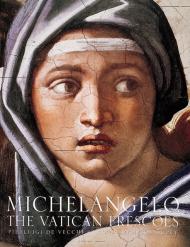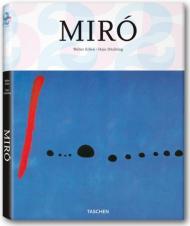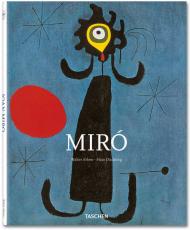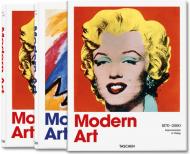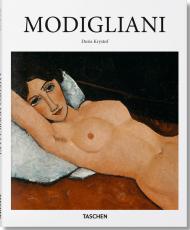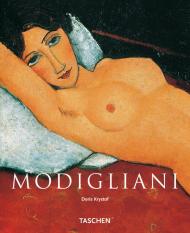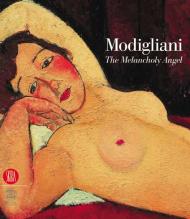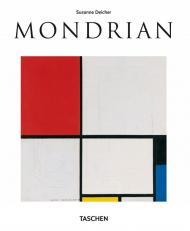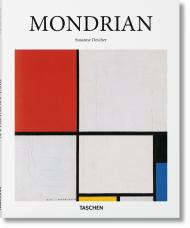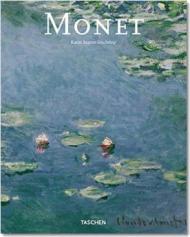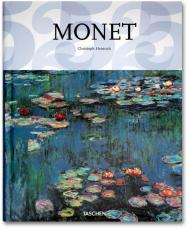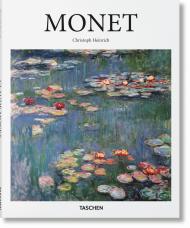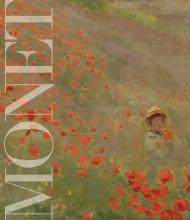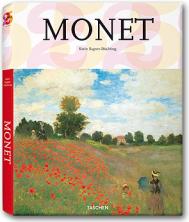The restoration of Michelangelos magnificent frescoes in the Vaticans Sistine Chapel is perhaps the most controversial event in the art world in the past three decades. Now, after nearly fifteen years of effort, the restoration is finally complete. This unique volume-the first to document the project-is the result of an unparalleled international photographic campaign. For the first time, the restored Chapel is shown in its entirety, from the Creation to the Last Judgment. Glorious, full-color photographs-250 in all-portray the frescoes both before and after their restoration, providing an unforgettable view of the meticulous work that many believe restored the frescoes to their original High Renaissance splendor.
Originally created in the late 1400s, the frescoes of the Sistine Chapel are the best-known of all the Vatican masterpieces. As early as 1502, however, tourists began noting the damage wrought by smoke and crumbling walls. By 1980 the need for conservation appeared to be dire. The restoration team had to contend with centuries of decay-structural fractures in the walls and ceilings, soot and dust accumulation, and rainwater seepage that left white patches on every surface. Artisans in previous centuries had made attempts at conservation, but often did more harm than good; the frescoes were found to be coated with many layers of "protective" glue that had yellowed and darkened with age.
Though many art historians opposed the restoration, believing that Michelangelo was a somber artist who worked in dark and muted colors, the endeavor presents frescoes that are gloriously vivid, setting the chapel aglow with their brilliance. In addition, they provide new insights about Michelangelos brushstroke techniques, and add more information to a centuries-old debate over how he worked with the wet plaster surface of the frescoes.
Written with Gianluigi Colalucci, the technical overseer of the restoration, the text provides an intimate understanding of this masterpiece of Renaissance art. It explains the various forensic studies carried out in the course of the project, the pragmatic concerns of the restoration, and the many problems of historical approach that were confronted. This volume, including remarkable new pictures of the Chapel frescoes, belongs in the libraries of every art historian and student of the Italian Renaissance.
Издательства
- Rizzoli (68)
- Taschen (48)
- Prestel (47)
- Thames & Hudson (21)
- Hatje Cantz (17)
- Flame Tree Publishing (17)
- Skira (8)
- Hirmer (8)
- Abbeville Press (6)
- Phaidon (6)
